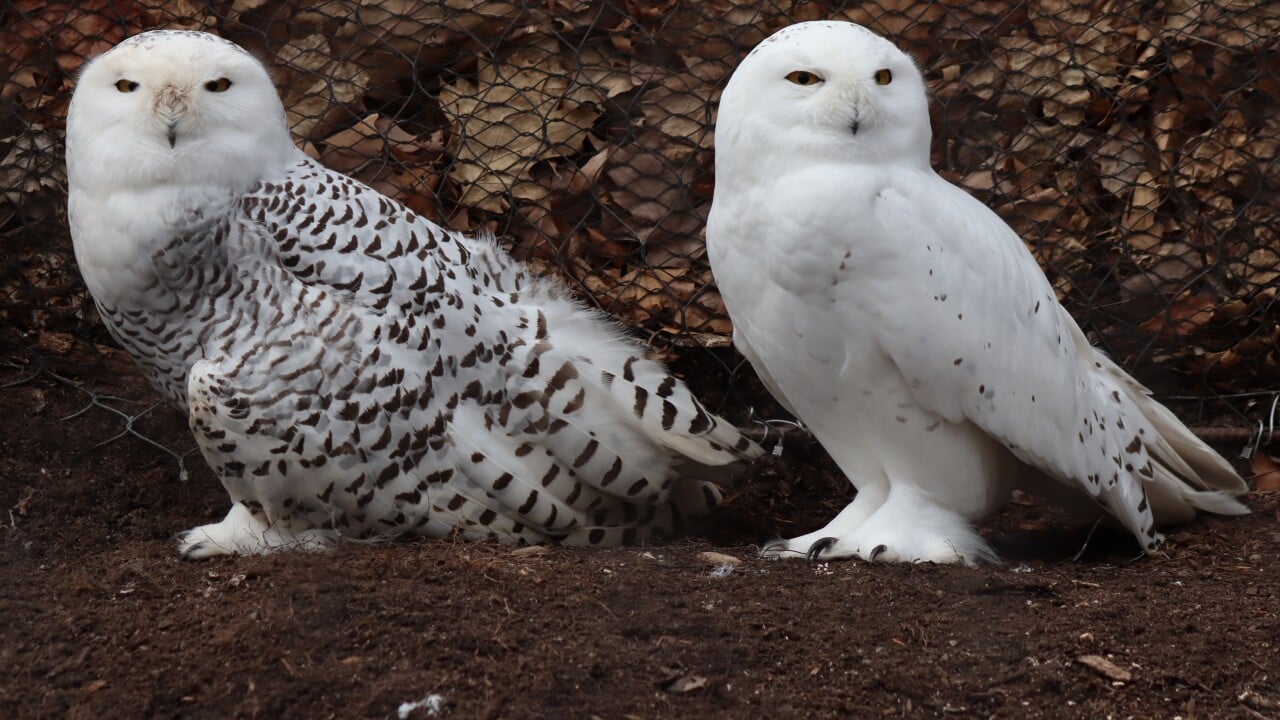I was thinking of exploring a RSS feed to get owl news delivered to me, and it occured to me that most owl related stories won't make international headlines, so I should learn to explorer owl news in other languages to get stories I'm missing.
Does anyone have any particular place in the world you'd like me to search for stories?
I know we have a few French speakers here, so that's where I started off, and while I have to go by the thumbnail to tell if the story is about an actual bird or some brand name or whatever, I can try to look for stories that may be more relevant or relatable to some of you.
After all that though, the story I found isn't even about France! Oh well! 🤪
From Ouest France - L'édition du soirr
Dans la zone tampon de Chypre, les chouettes sont devenues les meilleures amies des agriculteurs
In Cyprus' buffer zone, owls have become farmers' best friends By the evening edition, with Agence France-Presse (AFP).
26 June 2023
In the buffer zone dividing Cyprus since 1974, rodents have long been a nightmare for farmers. But things have changed thanks to... barn owls. This precious bird of prey allowed them to get rid of unwanted rats and mice in a natural way, and thus stop the intensive use of chemicals. Explanations. In the middle of the ears of wheat, in the buffer zone dividing Cyprus, Christodoulos Christodoulou can't believe it: no trace of rodents, whereas ten years ago, they threatened his crops. It's all thanks to barn owls, which have become Cypriot farmers' best friends. "Our village was full of rats and mice, they ate our plantations, nibbled on our tyres," recalls the farmer in Deneia in western Cyprus. "Then we set up these boxes for the owls."
Nestled about three metres above the ground on the trunks of trees, fifty light-coloured wooden boxes, with a small circle as an entrance, have thus appeared in this village, one of the few still inhabited in the demilitarised buffer zone that has scarred Cyprus since 1974.

5,000 rodents eaten per year
A pilot project of a decade-long initiative by the NGO BirdLife Cyprus and the Greek Cypriot government, Déneia is now home to between 20 and 50 barn owls and their chicks. These raptors, about thirty centimetres long, are recognizable by their heart-shaped masks, their milky plumage but also their monster appetite: they each devour up to 5,000 rats and mice per year.
The latter proliferate in the no-man's land in the absence of human activity, destroying the crops of farmers who have long responded with rat poison that is very harmful to the environment and health. Some, a government official said, were even using products banned in the European Union, smuggled in illegally from the Turkish-occupied northern part of Cyprus.
A pilot project of a decade-long initiative by the NGO BirdLife Cyprus and the Greek Cypriot government, Déneia is now home to between 20 and 50 barn owls and their chicks.

"Owls are a miracle!"
The aim of reintroducing barn owls is therefore twofold, explains Martin Hellicar, director of BirdLife Cyprus: to encourage farmers to abandon rat poison while reviving the barn owl population in Cyprus, which is declining across Europe. "Owls are a miracle!" exclaims Christodoulos Christodoulou. They had a "radical" effect on rodents, he said.
He used to spray his fields with powerful rat poison, but now he can practice organic farming, like the other farmers in Déneia. Today, thanks to the owls, "to find a rodent here, you have to dig for a week," says the mayor, Christakis Panayiotou. For Martin Hellicar, whose NGO has 1,300 boxes in Cyprus, the success is due to the fact that "farmers are getting attached to barn owls and reconnecting with nature".
Poisoning
Further west, in the same demilitarized corridor, other boxes have appeared, in cooperation with the United Nations. But there's no one to listen to the hooting of the owls: the villages were abandoned after Turkey invaded northern Cyprus in response to a coup by Greek Cypriot nationalists.
Not far from the watchtowers, under the watchful eye of UN officials, a forest ranger wearing gloves pulls two chicks out of a box. The little ones blink, dazzled by the daylight. With an expert gesture, Nikos Kassinis attaches an identification ring to them. Every year, the authorities recover the bodies of about twenty owls. Autopsy verdict: secondary rat poisoning. "Their ability to fly is affected and they are hit by cars," which, he stresses, is not likely to happen in the buffer zone.
"An exceptional environment"
"Species thrive far from humans. The day a solution to the conflict is found, this place will have to be transformed into a natural park," says Martin Hellicar. No man's land is an "exceptional" environment, notes scientist Iris Charalambidou. A "very large, non-fragmented space", "unique" on the island marked by unbridled real estate development.
With UN permission, the Greek Cypriot sometimes comes with her Turkish Cypriot colleague, Salih Gucel. "Being able to work together" and observe barn owls in the buffer zone that separates their two communities "is precious." "Because no bird will ever respect the boundaries drawn by man," she says.


Thank you! After doing a little reading yesterday, this was seeming a necessary step to just get results on a specific topic. I'll look more into this.